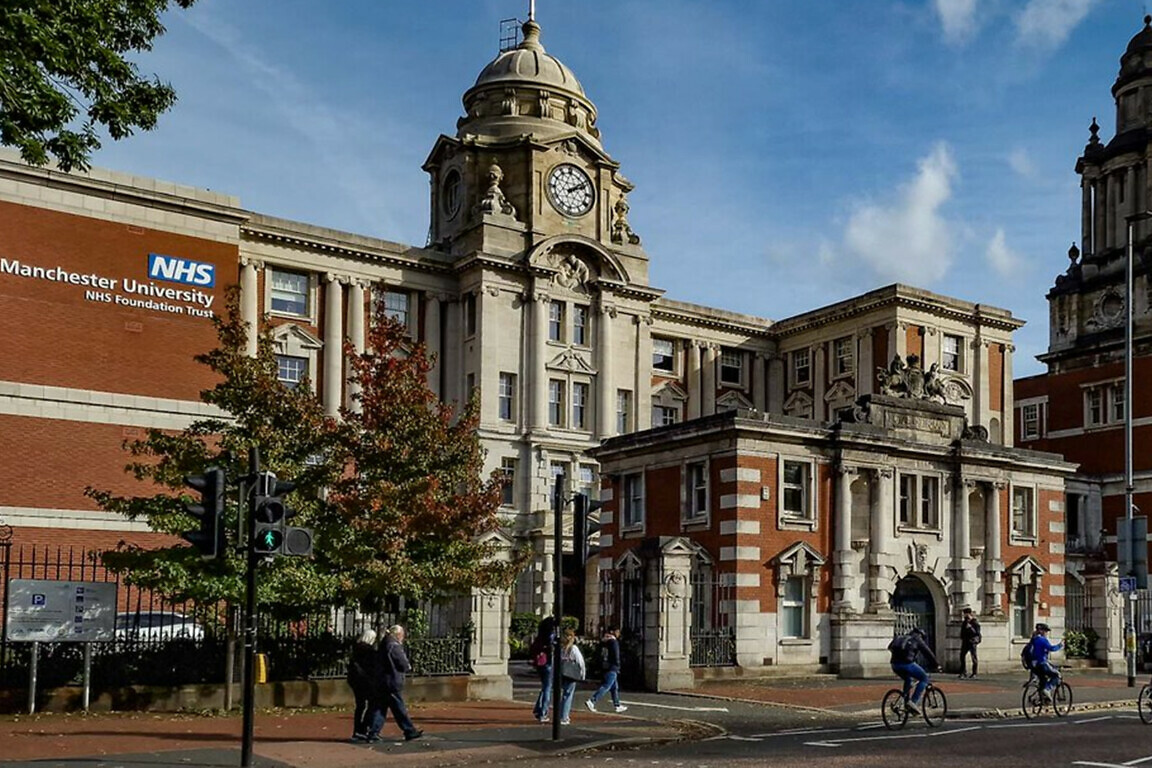Manchester University NHS Foundation Trust (MFT) has gone live with a digital twin of six hospitals as part of its strategy to create a smart estate.
Designed to provide a single source of estates data, it hopes that the 3D model will improve operational efficiency and patient safety.
Replacing disparate systems and paper-based processes, the digital twin visualises floors, rooms and spaces with associated data and is already being used to understand space optimisation and support the management of RAAC and asbestos.
Future plans include adding indoor navigation, patient contact tracing and real-time asset tracking.
Spanning 274,000 square metres of internal floor space, the 3D model includes Manchester Royal Infirmary, Royal Manchester Children’s Hospital, Manchester Royal Eye Hospital and Saint Mary’s Hospital on the Oxford Road campus, plus Altrincham Hospital and Withington Community Hospital.
“Integrating all of our existing data into one 3D model has created the foundation for building a digital twin and is driving new opportunities for efficiency gains,” said MFT’s head of digital estates.
“Moving from analogue to digital achieves a better understanding of our buildings and assets, which helps improve their management and maintenance, as well as improving patient safety.”
Understand the use of space
The digital twin is being used in a trial to understand the use of space better, by quickly showing where room usage is not being optimised. Full roll-out will provide all staff with a real-time view of occupancy levels and space requests, while clinicians will be able to examine existing facilities more easily and plan new services.
New applications for RAAC and asbestos management involve performing digital surveys on mobile devices, which feed directly into the 3D model and visualise the different risk levels. By providing more accurate and timely data, the new system is driving more effective maintenance regimes to improve safety. Digitising asbestos management has cut the time needed to prepare information by up to ten days per month at one hospital site alone.
The next phase will map the remaining four hospitals in MFT’s estate and digitise building condition surveys to help tackle the maintenance backlog. This will involve mobile data capture feeding into the digital twin, providing a clearer picture of requirements and helping to prioritise resources. Replacing a manual spreadsheet approach, data and reports will be shared more easily among project teams. Energy usage data will also be added to the digital twin to help analyse and reduce energy costs.
Plans for the future include using the platform to create applications for indoor navigation for patients and staff to reduce missed appointments, contact tracing of patients to help stop the spread of pathogens inside the hospital and digital asset tracking, enabling equipment such as beds, scanners or wheelchairs to be located more quickly.



